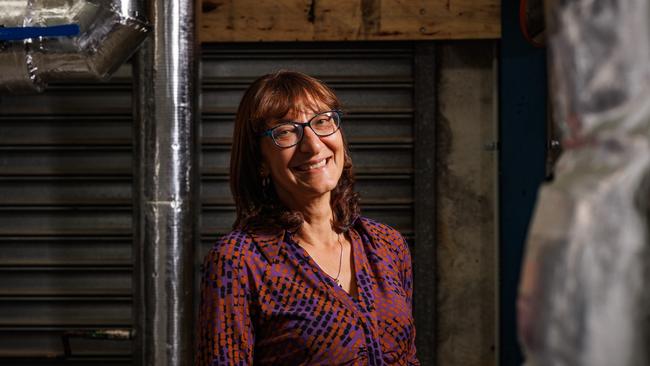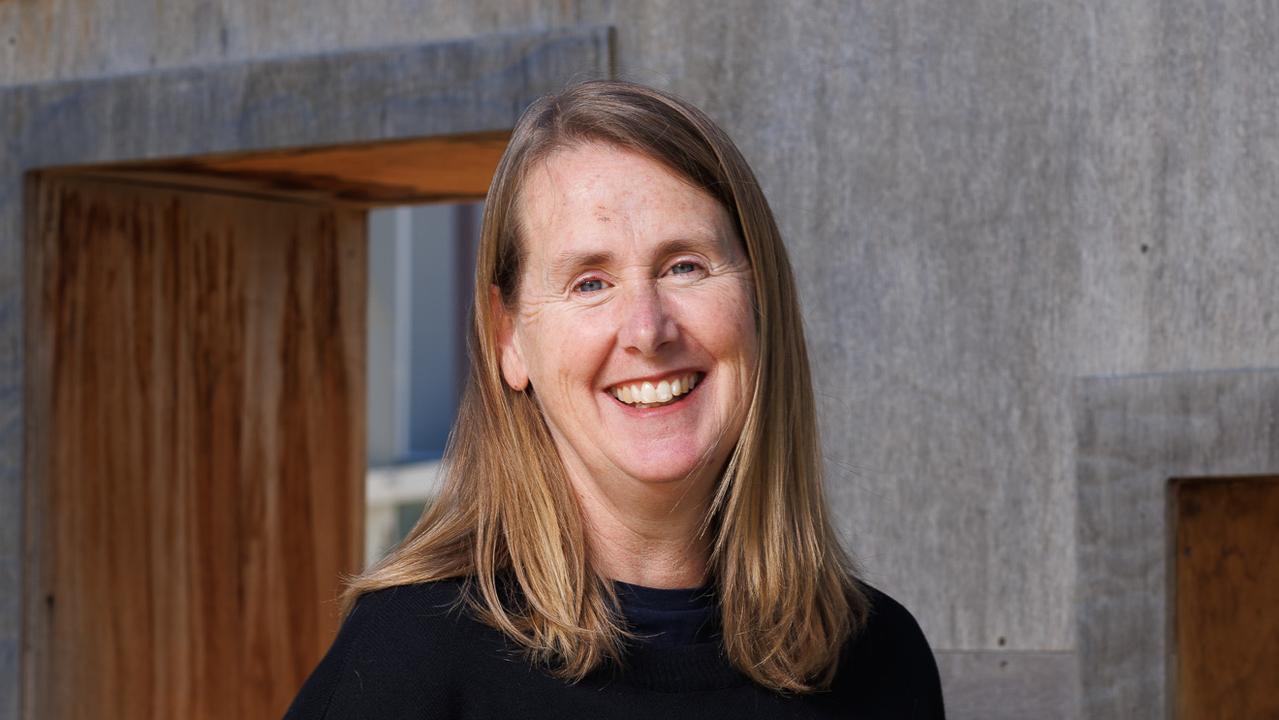Maria Forsyth is our leading researcher in electrochemistry
Maria Forsyth from Deakin University is Australia's top researcher in electrochemistry.

With batteries powering everything from watches to mobile phones, computers, medical implants, homes and cars, Maria Forsyth says her field of electrochemistry impacts most people every day.
Her research at Deakin University has led to breakthroughs that have helped develop batteries that store more energy, are safer to use and are more environmentally sound.
“I’m more on the storage side of the energy transition, so if you think about taking the energy from sources such as wind or solar, we have to store that somewhere in order to cover the intermittency or variability of those renewables,” Forsyth says. “So one cost-effective way of doing that is to use batteries.”
Forsyth is named in The Australian’s 2025 Research magazine as Australia’s top researcher in the field of electrochemistry. She and her team at the university’s Institute for Frontier Materials have been working on understanding and optimising the phenomenon of charge transport in battery materials and incorporating these into prototypes.
Much of their research has been on non-conventional safer materials such as new ionic liquids, organic plastic crystals and polymers that make up the electrolytes in the core of the battery. This has led to the development of devices which can store greater amounts of energy using more energetic electrodes, but remain safe.
She explains the basic components in batteries are the two electrodes, called the anode and cathode. Then in the middle is the electrolyte which transfers ions – or charge-carrying particles – back and forth between the battery’s two electrodes and creates the electrochemistry which in turn makes the electrons to power our devices.
Since the 1990s, lithium-ion has been the most common form of rechargeable battery, used in large-scale grid storage, solar energy home storage units, in phones, laptops, and electric cars, bikes and scooters.
One of their well-publicised drawbacks is a tendency to catch fire due to the volatile nature of the organic solvents used in the batteries.
“My work over the past 30 years has been looking at safer electrolytes that are not based on those traditional organic solvents,” says Forsyth, a past Australian Laureate Fellow.
“What I am most excited about at the moment is using these safer electrolytes in more sustainable energy storage such as in sodium batteries – including using polymer electrolytes – a solid state plastic that can transfer ions.”
Forsyth is passionate about her research in this different kind of battery, where the element we find in common table salt – sodium ions – is the main contributor. It has a number of advantages over its lithium-ion cousin, including being more sustainable, safer and ultimately more affordable – plus it won’t catch fire if the electrolytes her team develops are used.
Another important benefit of sodium-ion batteries is that the anode, which stores the sodium ions, can be sourced from plant by-products such as waste from barley, sugar cane, wheat or rice, or even biochar from the wastewater industry.
“I think, for me, my motivation was always about contributing to cleaner energy technologies, even before the conversation about global warming became so public,” she says.
“Wind and solar can generate the energy we need to power our community, including our transportation, and our goal is to use the technologies being developed in our team at Deakin to efficiently and safely store more of this energy for when we need to use it.”



To join the conversation, please log in. Don't have an account? Register
Join the conversation, you are commenting as Logout